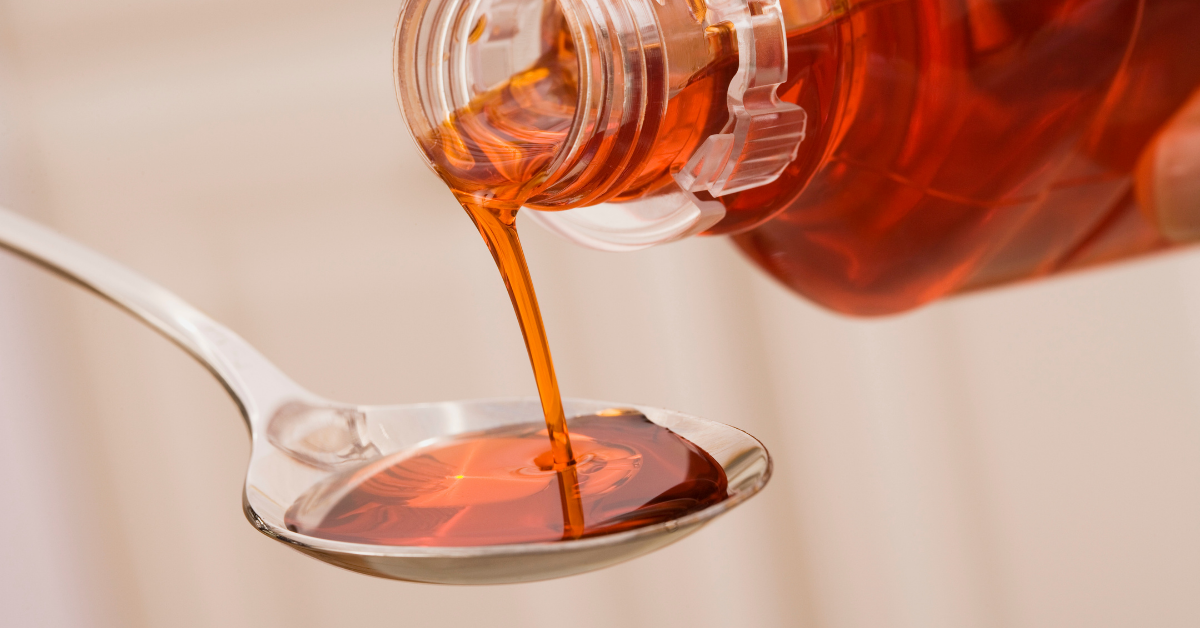Five Facts You Should Know About Maple Syrup!
Maple syrup is a great alternative to cane sugar. It can be used in baking and cooking, and really makes a stack of fluffy pancakes come alive.
But how much do you really know about this beautiful wonder syrup? Check out some of our favourite facts about Maple Syrup and why we think its a great alternative to cane sugar.

Maple Syrup has similar health benefits to blueberries and green tea
Research has indicated that maple syrup can be considered a good source of antioxidants. One study found 24 different antioxidants within maple syrup. Darker syrups, like Grade B, supply more of these beneficial antioxidants than lighter ones.
It also contains important nutrients like iron, riboflavin, zinc, manganese, calcium and potassium. It’s really important that you choose your maple syrup carefully! At Healthy Supplies we only stock pure maple syrup, but beware – cheaper maple syrups available in supermarkets may be mixed with unhealthy additives like corn syrup.
It has a lower glycemic index than cane sugar
The glycemic index (GI) of maple syrup is around 54. In comparison, normal cane sugar has a glycemic index of around 65. This means that it’ll raise your blood sugar levels slower than cane sugar. It’s important to remember that Maple Syrup is still a sweet syrup, so use sparingly – and be sure to ensure you consume it in line with nutritional guidelines.
Maple syrup is traditionally made from the xylem sap of the maple tree. Normally it’s harvested from the sugar maple, red maple, or black maple trees. The sap comes from a process that begins in colder seasons when the trees store starch in their trunks and roots in preparation for winter. This starch then rises up into the tree as sap in late winter/early spring. Traditionally the sap was then collected by a process called ‘tapping’, where the trunks have small holes drilled into them and the sap is collected in buckets. Nowadays the sap is mostly harvested using pumps. This sap is then heated and the excess water is evaporated, leaving behind the concentrated sweet syrup that we drizzle over our porridge! Maple trees can normally produce between 20-60 litres of sap per tapping season.
Two-thirds of the world's supply comes from one place
While we traditionally associate this sweet syrup with Canada, it mostly comes from a specific part of the country: Quebec. This area supplies roughly two-third’s of the world’s maple syrup. The harvesting of maple sap is actually very dependent on the weather. Tapping normally starts in early spring, when the sap begins to thaw after winter. In a good year, the tapping season can last between four and six weeks.
Maple syrup is not just for drizzling on pancakes
Maple syrup is perhaps best known for being the perfect partner to pancakes, but it’s a really versatile ingredient that can lend its sweet, warming tones to lots of dishes. It can be used to sweeten smoothies or cakes, as well as cocktails and warm drinks. We like adding a splash to our bread to give it a natural sweetness and to get the yeast working. It also tastes amazing in marinades and dressings! Check out the full range of maple syrups at Healthy Supplies!





